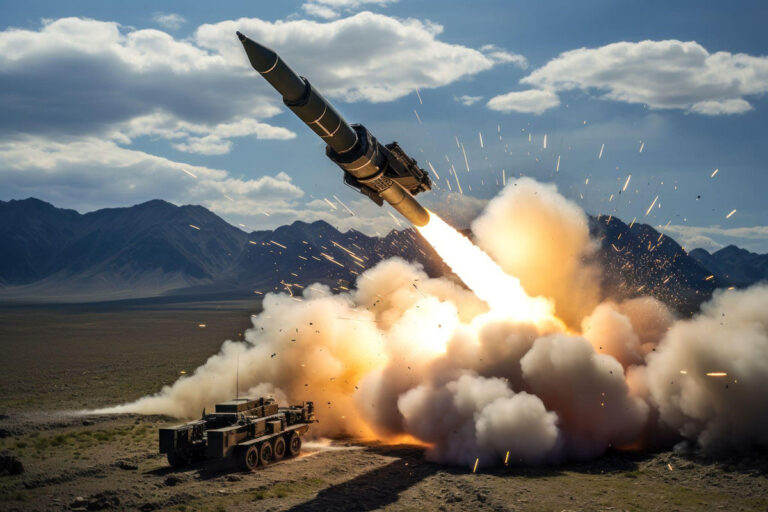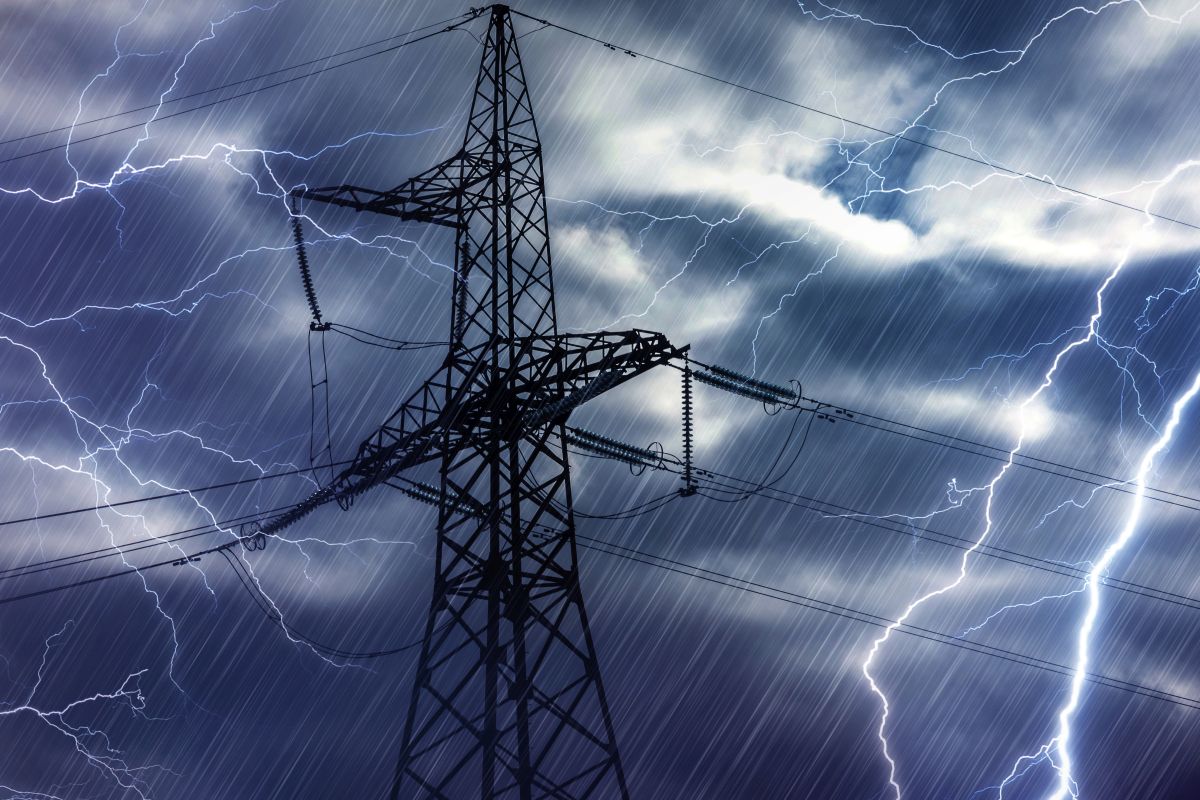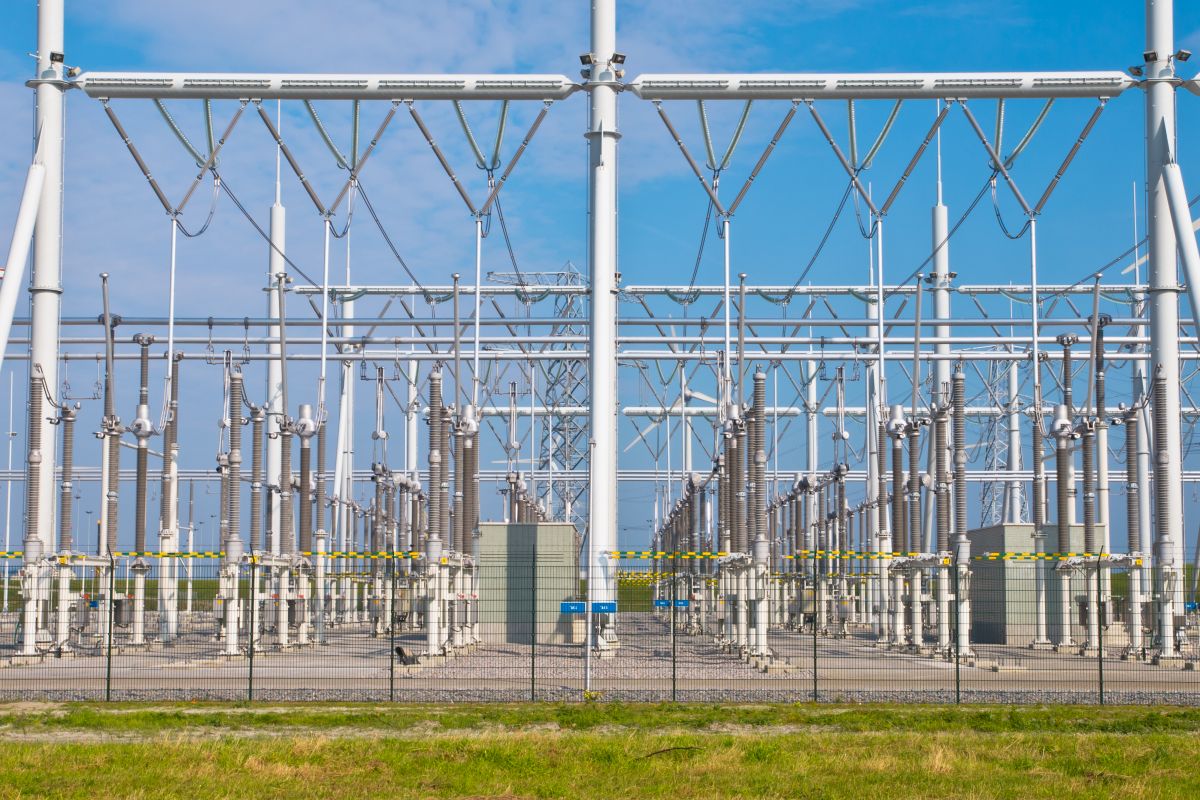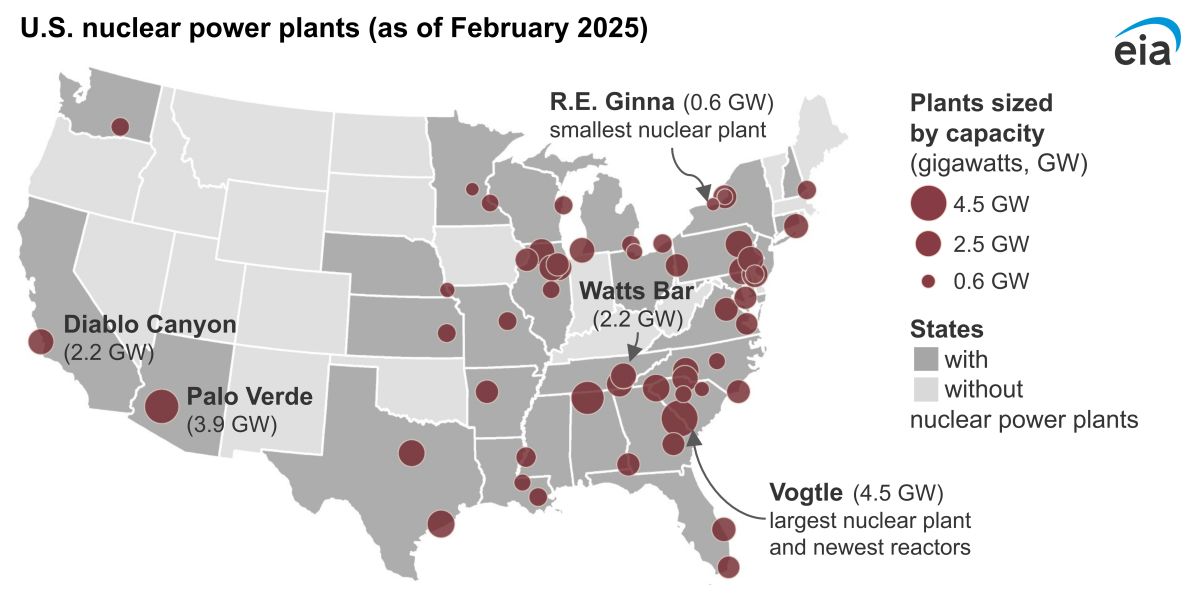The United States is on the cusp of a monumental overhaul of its aging nuclear defense infrastructure. Over the next decade, more than $750 billion will be invested in modernizing nearly every aspect of its nuclear arsenal. This move comes at a critical juncture, reflecting the country’s commitment to maintaining its strategic defense posture in a world of evolving threats and technological advancements, crucial for deterrence and defense in the second nuclear age.
The Aging Nuclear Defense
The current state of the US nuclear arsenal highlights equipment and systems that have surpassed their half-century mark, prompting officials to declare that modernization can no longer be delayed. The responsibility of maintaining the existing arsenal lies with young military troops and government personnel. However, the aging equipment necessitates a comprehensive overhaul to ensure its effectiveness and reliability.
Budget Breakdown
The Congressional Budget Office (CBO) has provided a detailed cost estimate for this modernization venture. According to their projections, the fiscal year 2023 budget outlines a spending of $756 billion over the period of 2023 to 2032 for the US nuclear defense system. This figure reflects a significant increase of $122 billion from the previous estimate for the 2021-2030 period, underlining the substantial financial commitment towards modernizing the nuclear defenses.
Global Nuclear Landscape

The modernization of the US nuclear arsenal, including US anti-nuclear defense and US nuclear missile defense capabilities, is also a response to the rapidly evolving global nuclear landscape. Several countries are significantly advancing their nuclear arsenal, with China’s nuclear arsenal being a particular point of concern. To maintain a balanced nuclear deterrent and keep pace with potential adversaries, the Pentagon plans to utilize the allocated budget to update and replace almost every component of the US arsenal.
Future Outlook
Looking ahead, the road to aging nuclear defense modernization is filled with challenges. The revamping process is expected to unfold over the next decade, presenting a timeline for the transformation of the US nuclear defense system. Anticipated challenges in this plan can include getting rid of the decades-old nuclear equipment and navigating diplomatic and geopolitical challenges, especially if the upgrades involve interactions with other countries or international agreements. Despite these hurdles, the long-term impact on national security and global stability is expected to be profound if this plan comes to fruition.
Conclusion
The United States’ significant financial commitment of more than $750 billion underscores the crucial priority it places on updating and modernizing its aging nuclear defense system. It reflects the changing dynamics of global nuclear armament and the indispensable role of a robust nuclear deterrent in safeguarding national security, encompassing aspects of federal civil defense protection in the nuclear age. The forthcoming decade is set to witness a significant transformation in the US nuclear forces, backed by substantial financial resources and driven by the imperative of maintaining a strong and effective nuclear deterrent amidst a rapidly evolving global nuclear scenario and the evolving US nuclear defense strategy.
Disclaimer: Any opinions expressed in this blog do not necessarily reflect the opinions of Certrec. This content is meant for informational purposes only.












